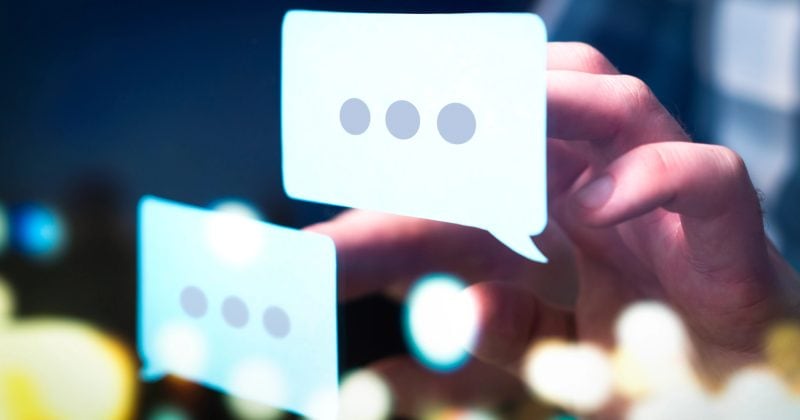Contrast is a fundamental principle in graphic design that involves using differences in color, brightness, size, shape, or texture to make certain elements stand out from others. It plays a crucial role in guiding the viewer’s attention, establishing hierarchy, and enhancing readability. Effective use of contrast can make designs more engaging and easier to navigate by clearly distinguishing important information from less critical elements.
Types of Contrast:
- Color Contrast: Differences in hue or brightness between elements. High contrast (e.g., black text on a white background) improves readability.
- Size Contrast: Using varying sizes to emphasize certain elements over others. Larger elements typically draw more attention.
- Shape Contrast: Differentiating shapes within a design to create focal points (e.g., circles amidst squares).
- Texture Contrast: Combining smooth and rough textures to add depth and interest.
- Typography Contrast: Varying font styles, sizes, or weights to create hierarchy within text content.
Importance of Contrast:
- Enhances Readability: Clear contrast between text and background ensures that content is legible.
- Directs Attention: Guides viewers’ eyes toward key areas or calls-to-action within the design.
- Creates Visual Interest: Adds dynamics to compositions by breaking monotony and introducing variety.
Examples:
- A landing page uses bold typography against a muted background to highlight its primary message.
- A product advertisement employs contrasting colors to make the featured item pop against its surroundings.
Best Practices:
- Balance Contrast Levels: Avoid excessive contrast that may overwhelm viewers; aim for harmony within the design.
- Test for Accessibility: Ensure that color contrasts meet accessibility standards for users with visual impairments.
- Use Sparingly: Apply contrast strategically to draw attention without creating chaos.
Contrast is an essential tool for effective communication in design. By leveraging differences between elements thoughtfully, designers can create visually compelling layouts that capture attention and convey information clearly.



